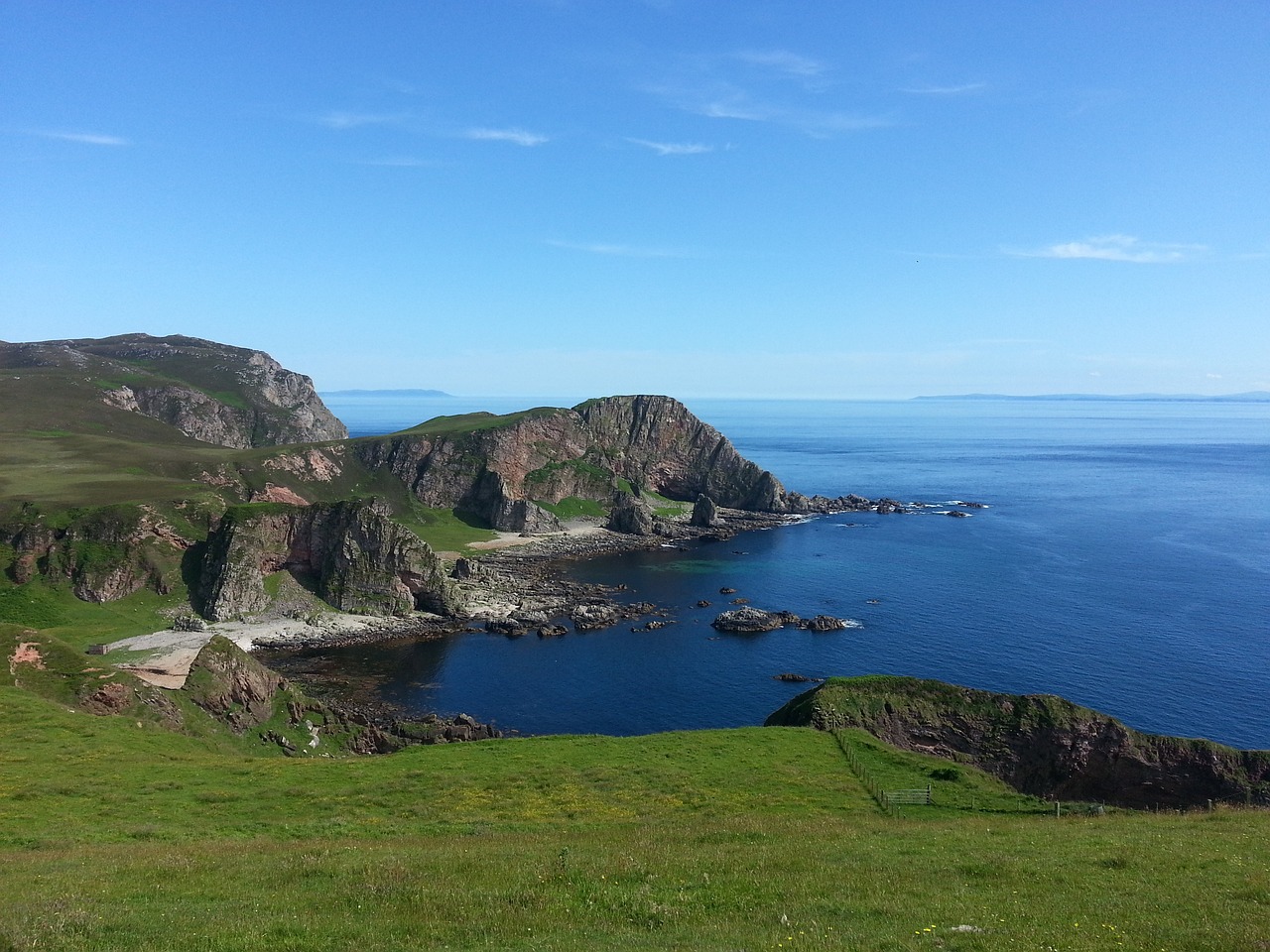Best Practice – Pioneering Carbon Neutral Islands by 2040 in Scotland

The Carbon Neutral Islands (CNI) project aims at supporting six islands in Scotland to become carbon neutral by 2040, and to replicate the results in other Scottish islands and in the mainland. The identified areas are Yell, Hoy, Raasay, Barra, Islay and Great Cumbrae (figure 1).

The project in a nutshell
The CNI project aims at supporting the carbon neutrality of six Scottish islands in six main steps by 2040. After having identified the six islands (1), the project has implemented a bottom up governance structure (2). In fact, on each island the project is led by community development officers (CDOs) employed by local anchor organisations (one organization per island). CDOs and these organizations work in cooperation with community representatives through a steering group, ensuring community engagement and trusted relationships throughout the project’s implementation.
The six Local Anchor Organisations are Voluntary Action Barra and Vatersay, Cumbrae Community Development Council, Island of Hoy Development Trust, Islay Energy Trust, Raasay Development Trust and North Yell Development Council
Partners of the consortium, known as the “Scottish Government Islands Team”, provide also support for carbon audits (3) to inform the population with data on the CO2 emissions equivalent of the island and propel informed discussions on climate neutrality.
Carbon audits and community engagement activities then bring to the development of community climate change action plans (4), followed by climate change investment strategies (5) to implement the actions, and by replicability strategies (6) to share the good practices to other Scottish islands and, where possible and relevant, to the Scottish mainland. Figure 2 shows a summary of the activities.
Members of the Scottish Government Islands Team are: Community Energy Scotland, Scottish Communities Climate Action Network, Sniffer, Aquatera, and external project partners.

Beyond Community Climate Action Plans
So far, each island has crafted its own Community Climate Actions Plans, available for download. These plans serve as dynamic documents that outline the island community’s unique path towards carbon neutrality, highlighting specific priorities and actionable steps.
The subsequent phase of the project focuses on translating these plans into tangible measures, aiming to decarbonize local economies, bolster climate change resilience, and generate broader social and economic advantages.
The next stage of the CNI project will refine the communities’ actions into detailed proposals, where actions are assessed based on their cost, feasibility, carbon impact, and wider benefits to the community, leading to community investment strategies.
Ultimately, a Climate Action Handbook for island communities will be released to share learnings with other Scottish Islands, presenting resources, good practices and lessons learned.
Source: Carbon Neutral Islands – Community Energy Scotland
Scottish Government’s website: here
